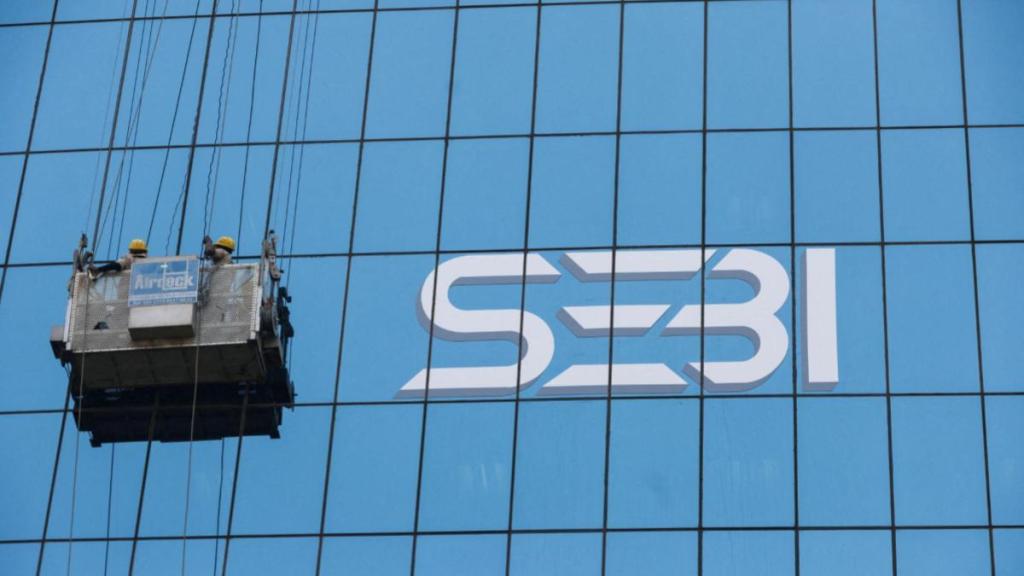The Supreme Court’s deadline to the Securities and Exchange Board of India (Sebi) for completion of two pending investigations into the Adani-Hindenburg case ends in March. One of them relates to violation of minimum public shareholding, caused by beneficial owners of foreign portfolio investors (FPIs) in the Adani group being family members or close associates. It’s highly unlikely that the regulator would be able to meet the deadline. In an earlier hearing, Sebi had said prescribing time limits on such investigations may compromise the quality of investigation, create constraints and increase litigation. The apex court itself perhaps realises the difficulty and has used the word “preferably,” allowing Sebi flexibility in dealing with the issue. That’s understandable as establishing ultimate beneficial ownership of the FPIs in the group is a gigantic task.
For example, experts have pointed out that several jurisdictions allow omnibus structures where the end beneficiaries are not required to be captured or are based in some other geographies. This entails writing to different regulators, some of whom may not be entitled to share information due to different pacts. For that, the government needs to pursue information sharing agreements with low-tax jurisdictions favoured by Indian entities, to put an end to such practices. But that’s easier said than done; in any case, it’s a long and drawn-out exercise, making the three-month deadline completely irrelevant. Moreover, such a move has the potential to make FPIs nervous about investing in the Indian market, so it’s easy to understand the government’s likely reluctance to make any such move.
The other, perhaps more important issue, is that despite several regulatory changes over the years, the FPI rules still allow complex multi-layered opaque structures where the natural person who is the ultimate beneficiary or owner of the funds, can remain hidden. In any case, in a large number of cases, the FPIs are just the registered vehicles. Explaining the difficulty it is facing in identifying the owners of the FPIs, Sebi had told the Supreme Court that the ambiguity lies in beneficial ownership identification, which is based on control or ownership in some jurisdictions, potentially overlooking entities with economic interest but no apparent control. Consequently, investment managers or trustees, utilising arrangements like voting shares, may be recognised as beneficial owners, leading to a potential failure in identifying the actual investing entities with economic interest, especially when holdings are distributed across multiple FPIs.
Some of the regulator’s recent moves may, however, help in peeling off the layers of entities that companies might attempt in future to escape the rigours of law enforcement. For example, high-risk FPIs—those that hold over a fund size ceiling of `2.5 trillion worth of assets under management—would need to make additional disclosures of their ultimate beneficiaries, submit monthly consolidated reports of investments across securities and report changes in shareholding exceeding 10% within 15 days. This shifts the onus on the listed entities and the FPIs to maintain adequate records and notify the authorities in line with the continuous disclosure regime adopted by Sebi. It has also mandated granular reporting of data by entities with any ownership, economic interest, or control rights in high-risk FPIs. But all these rules are with prospective effect and will have no bearing on Sebi’s pending investigation in the Adani case on the ultimate beneficiary issue. The wait, therefore, is certain to be a long one.


